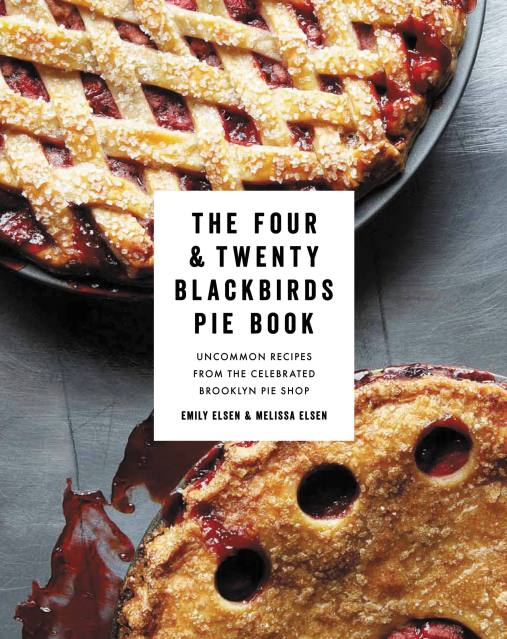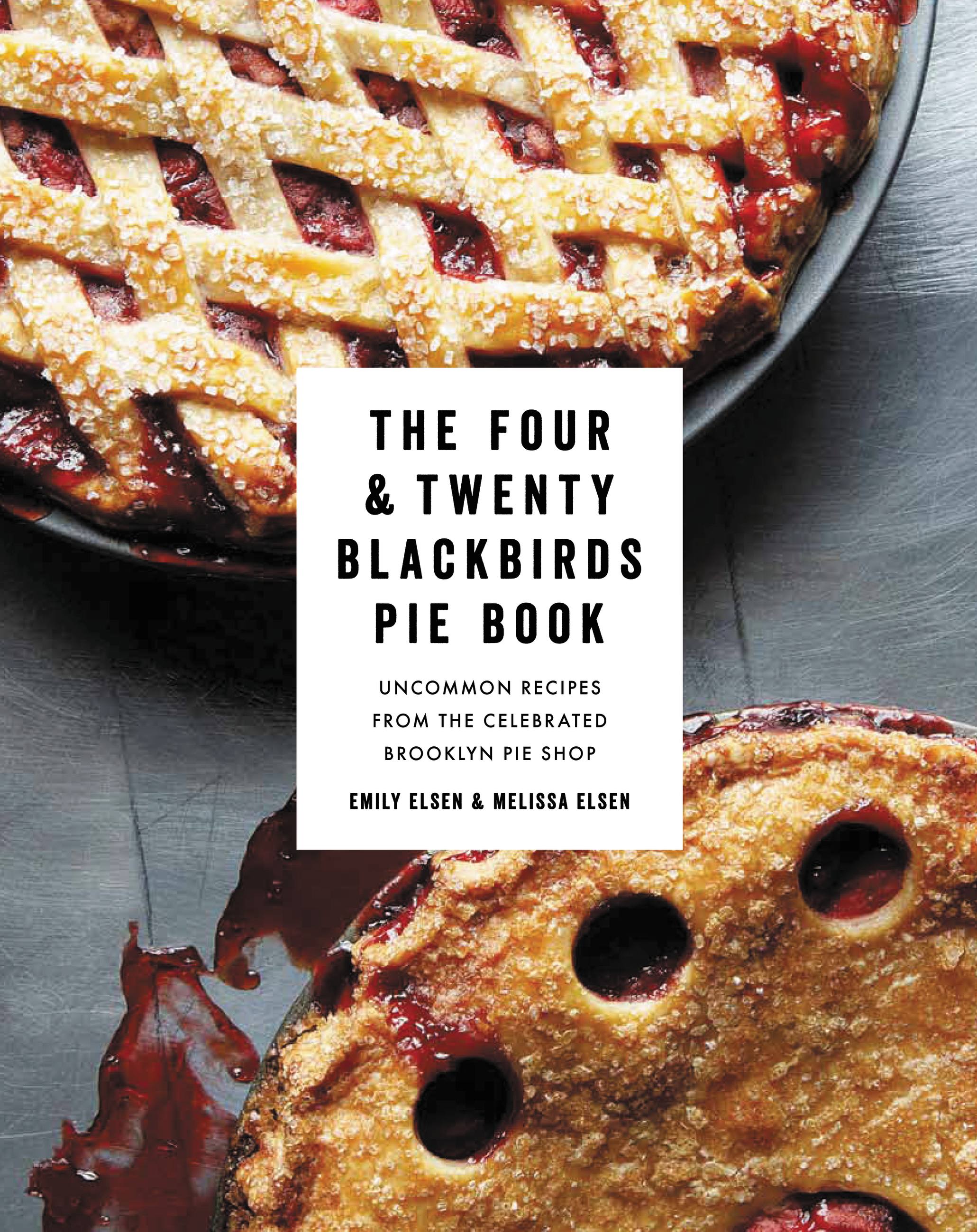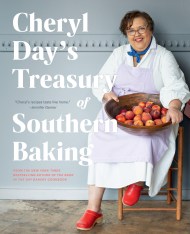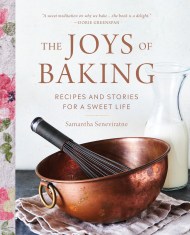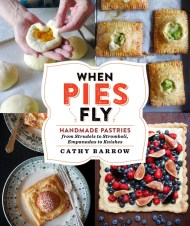Promotion
Use code MOM24 for 20% off site wide + free shipping over $45
The Four & Twenty Blackbirds Pie Book
Uncommon Recipes from the Celebrated Brooklyn Pie Shop
Contributors
By Emily Elsen
By Melissa Elsen
Formats and Prices
Price
$15.99Price
$20.99 CADFormat
Format:
- ebook $15.99 $20.99 CAD
- Hardcover $32.00 $40.00 CAD
This item is a preorder. Your payment method will be charged immediately, and the product is expected to ship on or around October 29, 2013. This date is subject to change due to shipping delays beyond our control.
Also available from:
From the proprietors of the renowned Brooklyn shop and cafe comes the ultimate pie-baking book for a new generation of bakers.
Melissa and Emily Elsen, the twenty-something sisters who are proprietors of the wildly popular Brooklyn pie shop and cafe Four & Twenty Blackbirds, have put together a pie-baking book that’s anything but humble. This stunning collection features more than 60 delectable pie recipes organized by season, with unique and mouthwatering creations such as Salted Caramel Apple, Green Chili Chocolate, Black Currant Lemon Chiffon, and Salty Honey. There is also a detailed and informative techniques section. Lavishly designed, Four & Twenty Blackbirds Pie Book contains 90 full-color photographs by Gentl & Hyers, two of the most sought-after food photographers working today.
With its new and creative recipes, this may not be you mother’s cookbook, but it’s sure to be one that every baker from novice to pro will turn to again and again.
Melissa and Emily Elsen, the twenty-something sisters who are proprietors of the wildly popular Brooklyn pie shop and cafe Four & Twenty Blackbirds, have put together a pie-baking book that’s anything but humble. This stunning collection features more than 60 delectable pie recipes organized by season, with unique and mouthwatering creations such as Salted Caramel Apple, Green Chili Chocolate, Black Currant Lemon Chiffon, and Salty Honey. There is also a detailed and informative techniques section. Lavishly designed, Four & Twenty Blackbirds Pie Book contains 90 full-color photographs by Gentl & Hyers, two of the most sought-after food photographers working today.
With its new and creative recipes, this may not be you mother’s cookbook, but it’s sure to be one that every baker from novice to pro will turn to again and again.
Genre:
- On Sale
- Oct 29, 2013
- Page Count
- 224 pages
- Publisher
- Grand Central Life & Style
- ISBN-13
- 9781455575985
Newsletter Signup
By clicking ‘Sign Up,’ I acknowledge that I have read and agree to Hachette Book Group’s Privacy Policy and Terms of Use
